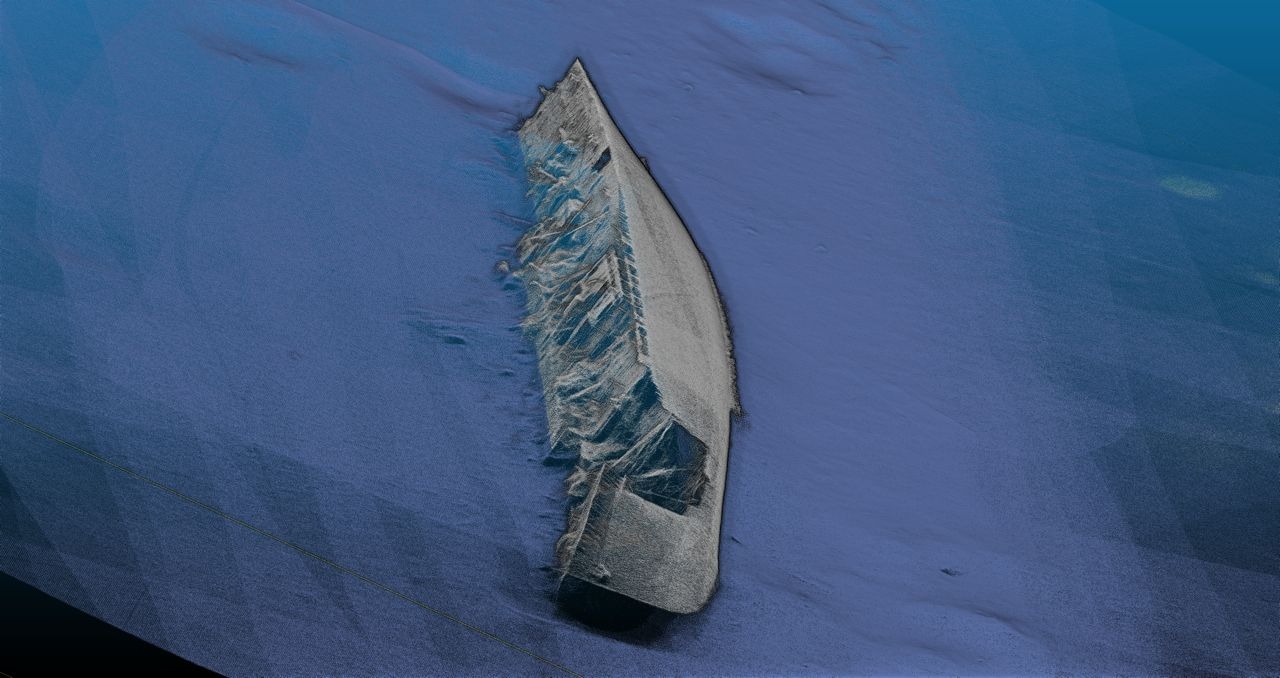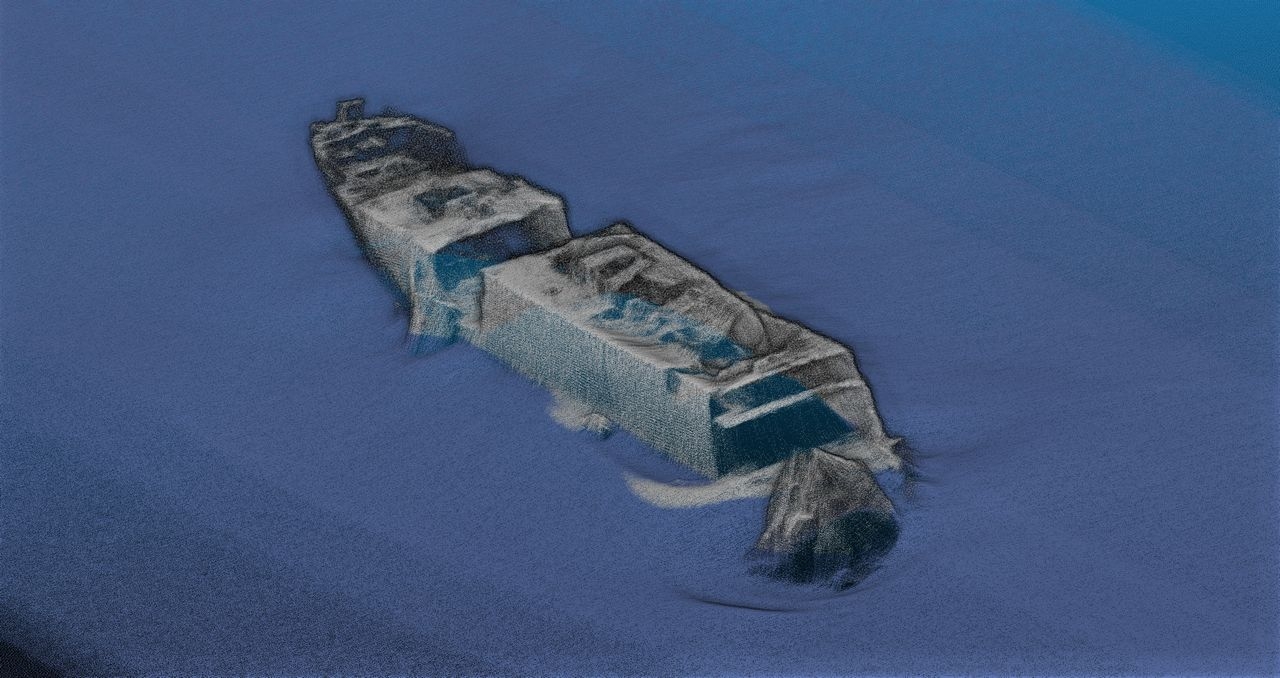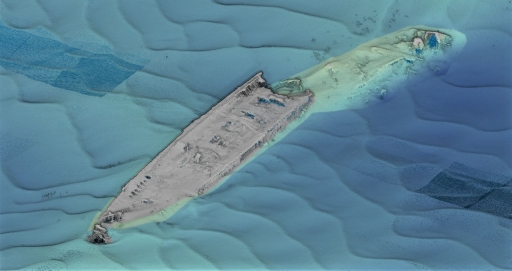Scientists say they’ve captured the ‘most detailed images ever’ of First World War shipwrecks in the Irish Sea.
Some lie too deep for divers to reach and have not been seen for a century, explains project leader Dr Ruth Plets, from Ulster University’s School of Environmental Sciences.
Acoustic imaging has revealed details such as handrails, masts and hatches. The survey data will be used to help conserve the sites as memorials to those who have no grave but the sea.
Amid remembrance of the great land battles, Dr Plets insists that casualties of the naval war shouldn’t be forgotten: “At least 2,000 Irishmen lost their lives at sea, but unlike on land, there is no tangible monument or place to commemorate them because of the location on the bottom of the sea.”
Wrecks surveyed include:
* RMS Leinster: a mailboat and passenger ferry torpedoed off Howth Head in 1918. More than 500 people perished. This was the greatest single loss of life in the Irish Sea. Many of the dead were military personnel.
* SS Chirripo: sank in 1917 off Black Head (County Antrim) after striking a mine. All on board were rescued.
* SS Polwell: torpedoed in 1918 northeast of Lambay Island. Again, all were rescued.
Dr Plets said: “We were able to capture the most detailed images of the entirety of the wrecks ever. Some of the wrecks, which are too deep to be dived on, have not been seen in 100 years.
“So this is the first time we can examine what has happened to them, during sinking and in the intervening 100 years, and try to predict their future preservation state.”

SS Chirripo (Image courtesy of INFOMAR &Ulster University)
The team of marine archaeologists, geologists and biologists spent a week carrying out the survey on board the Irish Marine Institute’s research vessel, Celtic Voyager.
They set out to obtain the highest resolution acoustic data possible, using a new multi-beam echo sounder.
Dr Plets explained: “We moved away from traditional survey strategies by slowing the vessel right down to allow us to get many more data points over the wreck, with millions of sounding per wreck.
“The detail is amazing as we can see things such as handrails, masts, the hawse pipe (where the anchor was stored) and hatches. Some of the vessels have split into sections, and we can even see details of the internal structure. With the visibility conditions in the Irish Sea, no diver or underwater camera could ever get such a great overview of these wrecks.”
Protection
The project is being carried out to coincide with the First World War centenary commemorations.
Dr Plets continued: “We often forget the battles that were fought in our seas; more emphasis is put on the battles that went on in the trenches.
“However, at least 2,000 Irishmen lost their lives at sea, but unlike on land, there is no tangible monument or place to commemorate because of the location on the bottom of the sea.
“In the Republic of Ireland there is a blanket protection of all wrecks older than 100 years, so all these will become protected over the next few years.
“To manage and protect these sites for future generations, we need to know their current preservation state and understand the processes that are affecting the sites.”
The data collected will next be used to create 3D models as part of efforts to conserve the wrecks and highlight awareness of them.

SS Polwell is seen broken into three sections with her super-structure collapsing (Image courtesy of INFOMAR & Ulster University)
Dr Plets commented: “Some of the wrecks are in a very dynamic environment and we are planning to survey these vessels again next year to see if there is a change, especially after the winter storms.
“That will give the heritage managers a better idea if any intervention measures need to be taken to protect them.”
Images of the mailboat, RMS Leinster, reveal waves of sediment moving over the wrecksite, 15 miles (24 kilometres) off the port of Dun Laoghaire.
“There is so much data, it will take us many months if not years, to work it all up,” Dr Plets said.
She hopes a new generation of marine scientists, archaeologists and historians will be inspired to become involved: “Above all, we want to make the general public, young and old, aware of the presence of such wrecks, often located only miles off their local beach.”
The scientists’ blog about their survey can be found here (search for ‘World War I Shipwrecks in the Irish Sea’). The study was supported by the Marine Institute, funded under the Irish Government’s marine research programme.
Source: Ulster University
Images courtesy of INFOMAR (Ireland’s national seabed mapping programme) & Ulster University
Posted by: Peter Alhadeff, Centenary News
